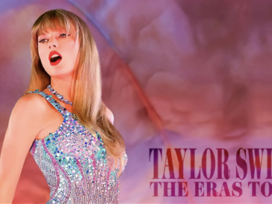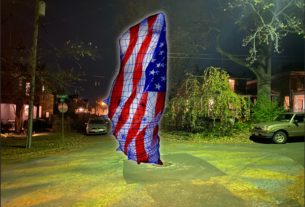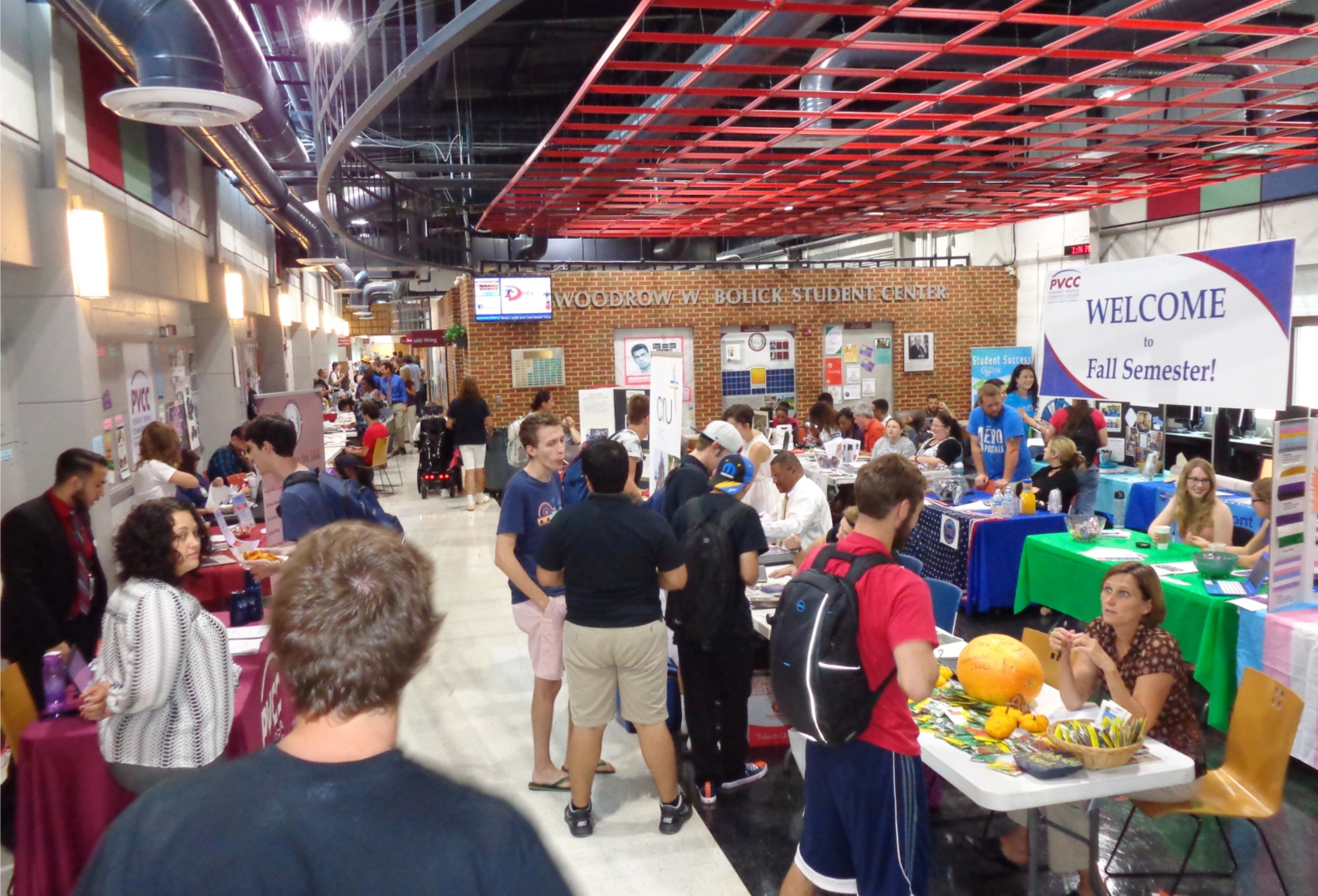Learn about the Human Body from Head-to-Toe
The human body is a complex system of cells, tissues, organs, and nerves that allow humans to do basic things such as eating, talking, walking, or thinking. Despite the human body’s intricate design, it is possible to understand the very systems down to their details in Human Anatomy and Physiology I at PVCC.
This course opens the world of how human bodies function to sustain life and how to maintain these systems in the most healthy and scientific way possible to students.
Human Anatomy and Physiology, or BIO 141 as it is listed in the Spring 2020 Course Catalog, is considered by professors and students to be a fascinating course despite its rigorous structure.
“It’s fascinating to talk about the many working anatomical parts and how they function together to help us do our many functions,” said Associate Professor of Biology Donna Hoefner.
What makes this course unique and engaging is the “hands-on, visual learning,” said student Nancy Facundo. Many students are intrigued by the cadavers, dead human bodies used for research and learning purposes, of which PVCC has two.
They also examine other body parts from humans and animals to gain an understanding of the system they are studying in the lab.
“Labs are related to your notes and helps memorize body parts and nerves,” said student Isabel Wyant. The course has an active lab component and extensive lecture and study materials.
Wyant suggested to “find your learning style,” early in the course.
She said, “There’s a lot [of material] and the class moves really fast and you can’t get behind.” For that reason, many students struggle to keep up and maintain good grades, which results in many class drops. However, there are many tools provided by PVCC to assist students’ chances for academic success.
One of the best ways to succeed is maintaining a positive and curious attitude toward the course.
Professor Hoefner said, “Learn for the sake of learning. A natural curiosity about your body and drive to learn more will eventually carry a student.”
Students also inspire their instructors to remain interested in the course material as well; motivating them to add more insight to their personal knowledge and then later in class.
Professor Hoefner believes both students and their professors benefit from open discussions stating, “Students ask some challenging questions, and I love learning from what they ask because it challenges me to learn more.”
The course does not only exist on the pages of a textbook, it allows students to think and theorize. Much of the human body’s parts and functions remain unknown and questioned within the medical and biological community. Fostering interest in the greater picture motivates more students to grasp details during their hours of studying.
PVCC offers Student Instruction sessions, open lab hours on weekdays and weekends, free books and models on reserve in the Jessup Library, as well as instructors that are readily available to help.
Wyant said, “Choose what resources you need.” She recommended that students cannot benefit from every service because they might “overload themselves.” Instead, students should choose which one works best for them and their schedule.
Human Anatomy and Physiology is recommended and required for PVCC students interested in careers such as nursing, radiology, medical coding and billing, and other medical related fields. However, students that are interested and are not in this field are encouraged to take the class. Hoefner said, “the diversity of student classes really enhances the learning for the whole group.”
The human body is complex and made up of a lot of intricate parts. However, knowing and understanding how it works can greatly benefit students. This course’s extensive tour of human cells, tissues, and organs will give them insight into how their bodies function and how to care for them.
Professor Hoefner motivates her present and future students by saying, “Be inspired by how your body works!”






